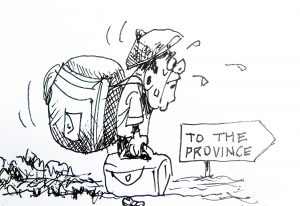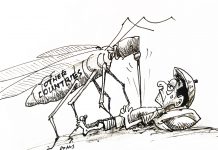Congestion in big cities like Metro Manila reduces the overall efficiency of cities, slows down traffic, and harms the environment. While various attempts have been made to tackle this issue, including improving public transport and encouraging the use of bicycles, congestion continues to plague many urban areas. One potential solution to this problem then is the development of countryside areas to decongest cities.
Decongesting cities through the development of the countryside involves expanding or creating new countryside areas that offer an alternative location for people to live, work, and play. This can include building new housing developments, creating new job opportunities, and providing recreational activities. Developing the countryside in this way can help to shift some of the population out of the city, reducing congestion.
To make countryside development a viable option for decongesting cities, transportation infrastructure must also be improved. This can involve building new roads, including highways and bypasses, and improving transport links between cities and the countryside. It is also essential to improve public transport between the city and the countryside, to make it more convenient for people who may still need to travel to the city for work or shopping.
When considering countryside development as a solution to the problem of city congestion, it is crucial to consider the environmental impact of such developments. Efforts must be made to create eco-friendly towns and cities that are sustainable and do not cause further harm to the environment. This can include initiatives such as planting trees and developing green infrastructure to reduce carbon emissions, promoting renewable energy sources, and designing buildings that are energy-efficient.
To address these considerations, policymakers can work towards a sustainable solution that benefits both cities and the countryside.




